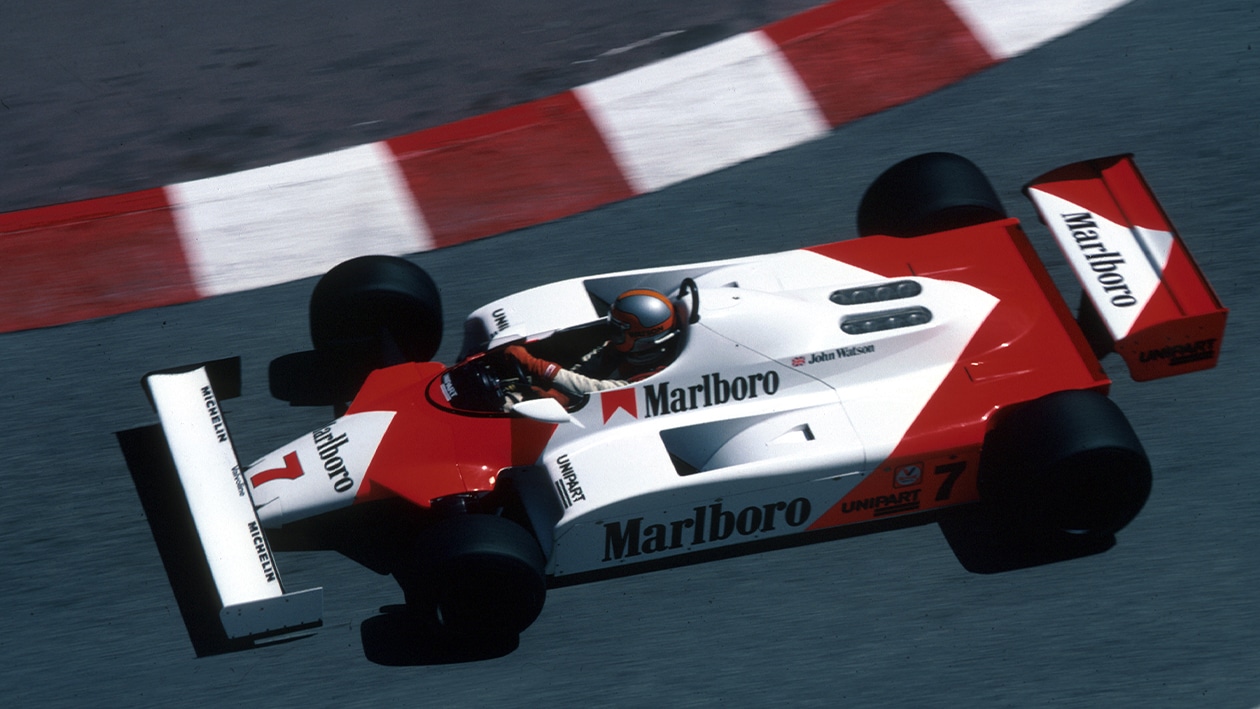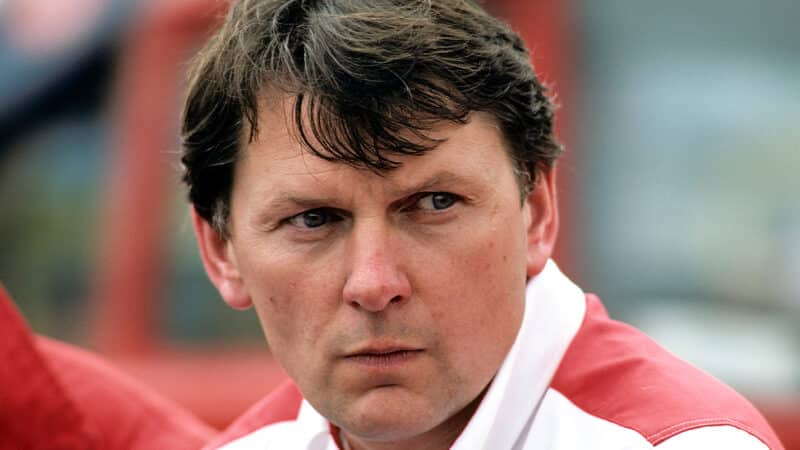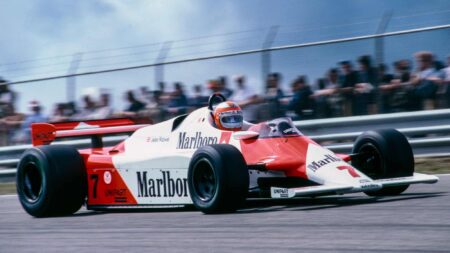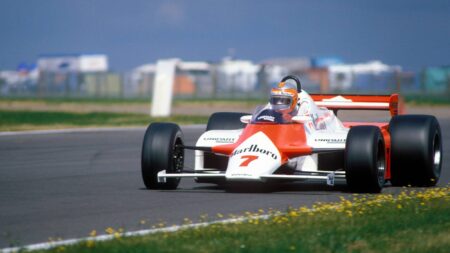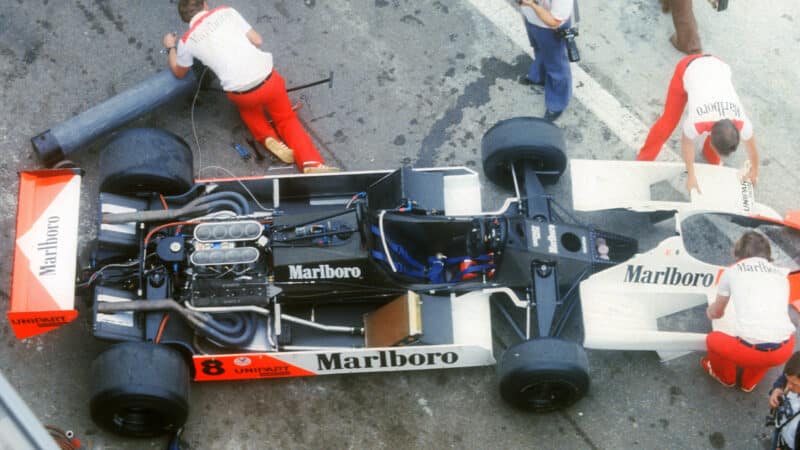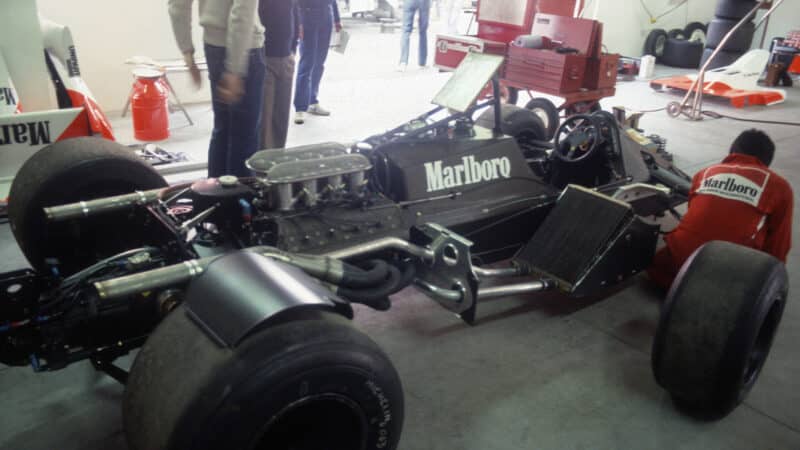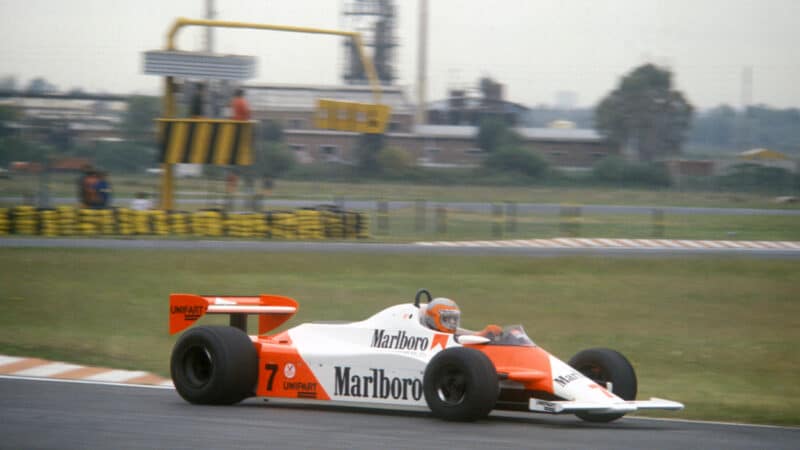“He had this idea of doing F1 as the next step,” says John. “I was very nervous about the whole thing. I had a look at his setup, which wasn’t very big, and I thought it was a bit iffy. In typical Ron fashion he said, ‘Alright, I’ll do a deal with you. Come and work for me, and if it folds or whatever, I’ll pay you another year’s salary.’ I thought I could handle that. In those days we didn’t talk about contracts – that was the deal, done.
“The first thing was to find a drawing office, so in an upstairs corner of his place we built this thing we called the rabbit hutch. Later at the Christmas party they gave me a great big stuffed rabbit, which my kids thought was great.
“Anyway, I had a drawing board and started thinking about an F1 car. It was a time when ground effects was really on the move, so the objective was to optimise it. That meant using the biggest underwing I could get, which entailed a very small section chassis.
“I wanted to get the bottom of my chassis down to not much bigger than the driver’s bum. I explained to Ron what I wanted to do, and the facts were quite simple. If you wanted to make a chassis of smaller section, and retain the stiffness, you had to change the material. I thought about a building a monocoque from thin-gauge sheet steel, but when you looked at the properties of carbon, that had to be the answer. It had everything; light weight, it was stiff, and it was strong…”
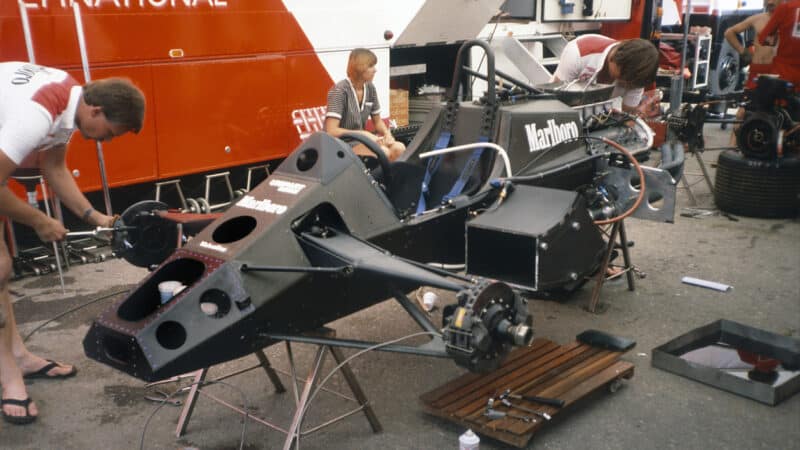
The carbon-fibre Hercules tub laid bare
Grand Prix Photo
It might seem very logical now, but at the time the decision represented a bold piece of lateral thinking. It’s remarkable that a person with only limited experience in F1 was cocky enough to take such a gamble, especially when employed by a fledgling team whose budget was far from secure.
“I think you only do things like that when you’re young. The first thing is have the idea, second thing is, design it, the third thing is get it made. I just knew I could do it. Ron was very gung-ho.
“It was a very simple deal between us. He said ‘you tell me what you want to do technically, and I’ll get the money’. That’s how it went, and it bloody worked too!”
There was still a long way to go. Barnard knew very little about carbon-fibre – not many people did – and before he committed to the idea, he did some research.
“Carbon-fibre was around; it was known. The first instance in racing was on Graham Hill’s car in 1975, when they ran a few strips in the wing endplates. I’d heard about the stuff, and wanted to find out more about it. I had a contact at British Aerospace at Weybridge, and I looked at what they were doing; things like engine cowls for the Rolls-Royce RB211 engine.
